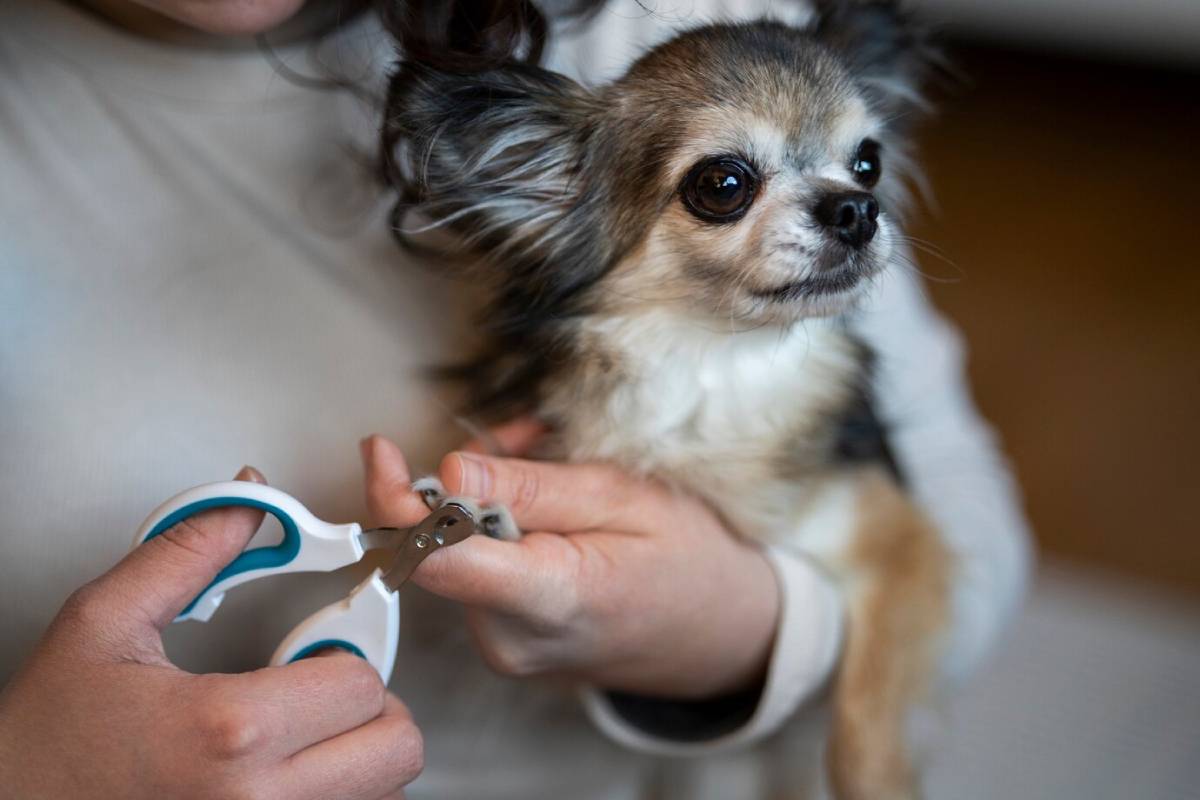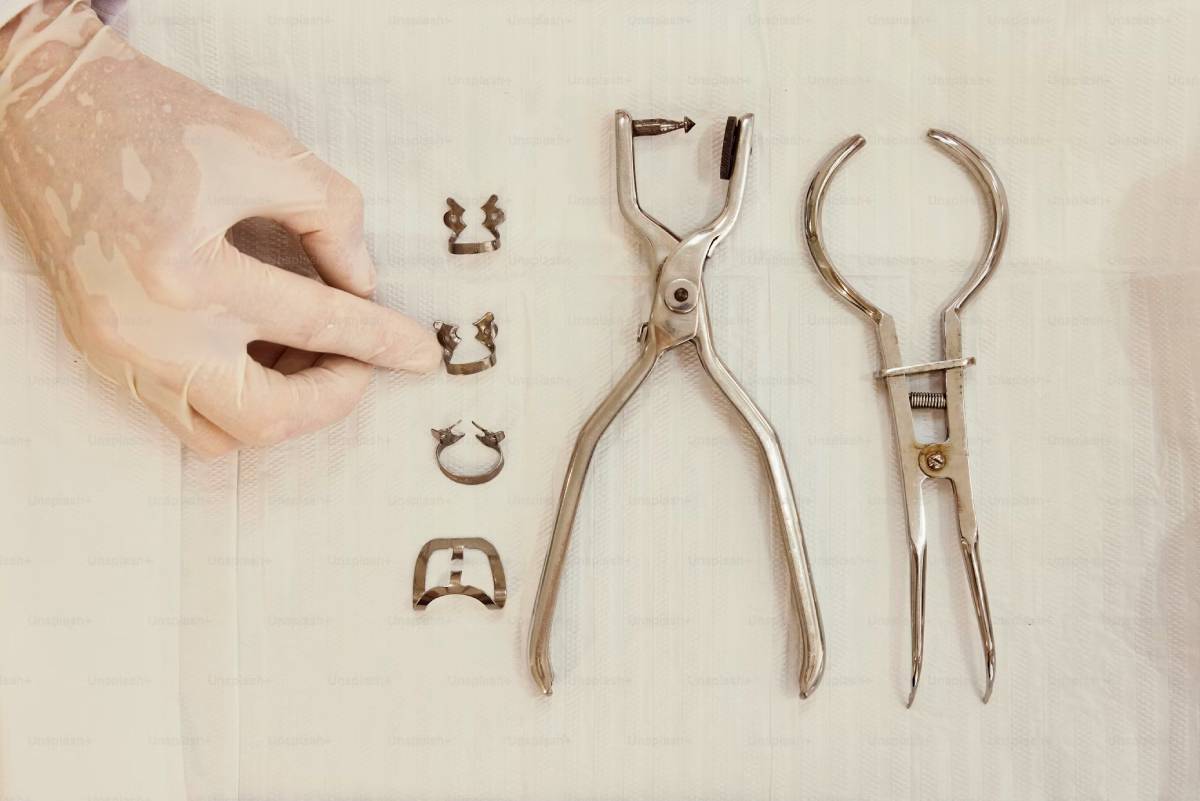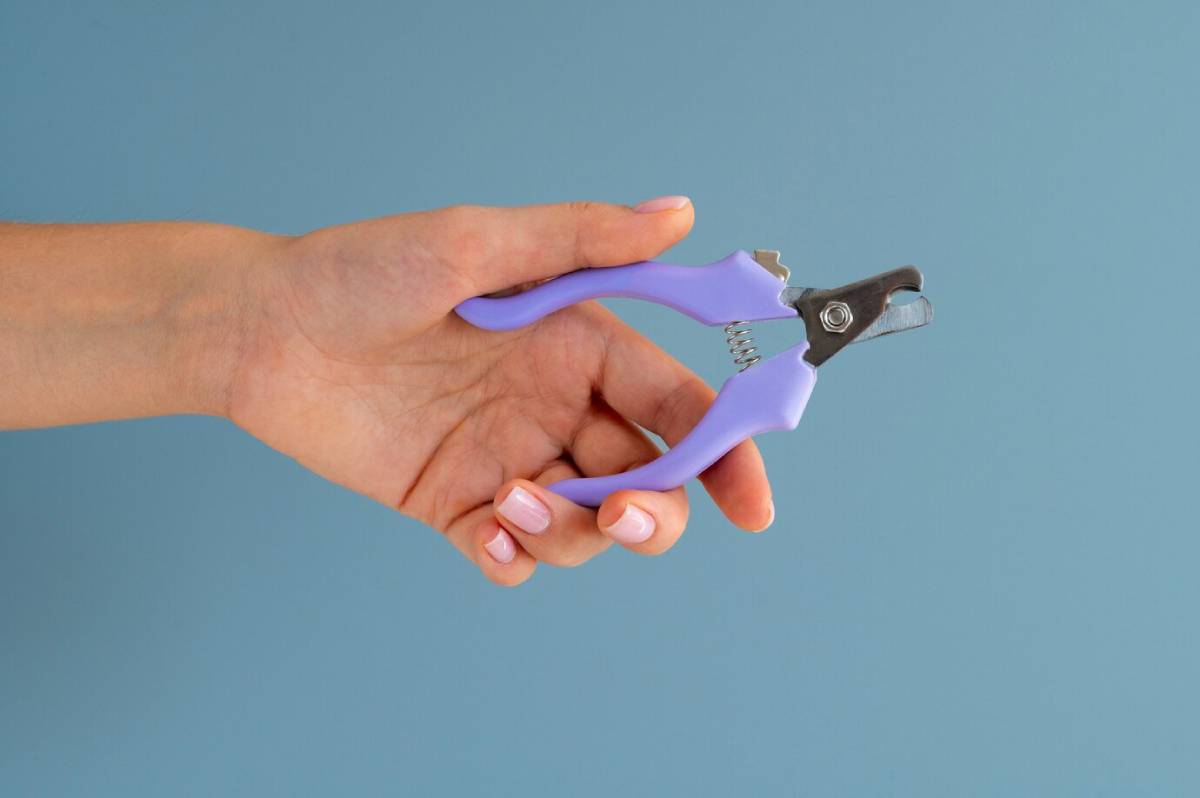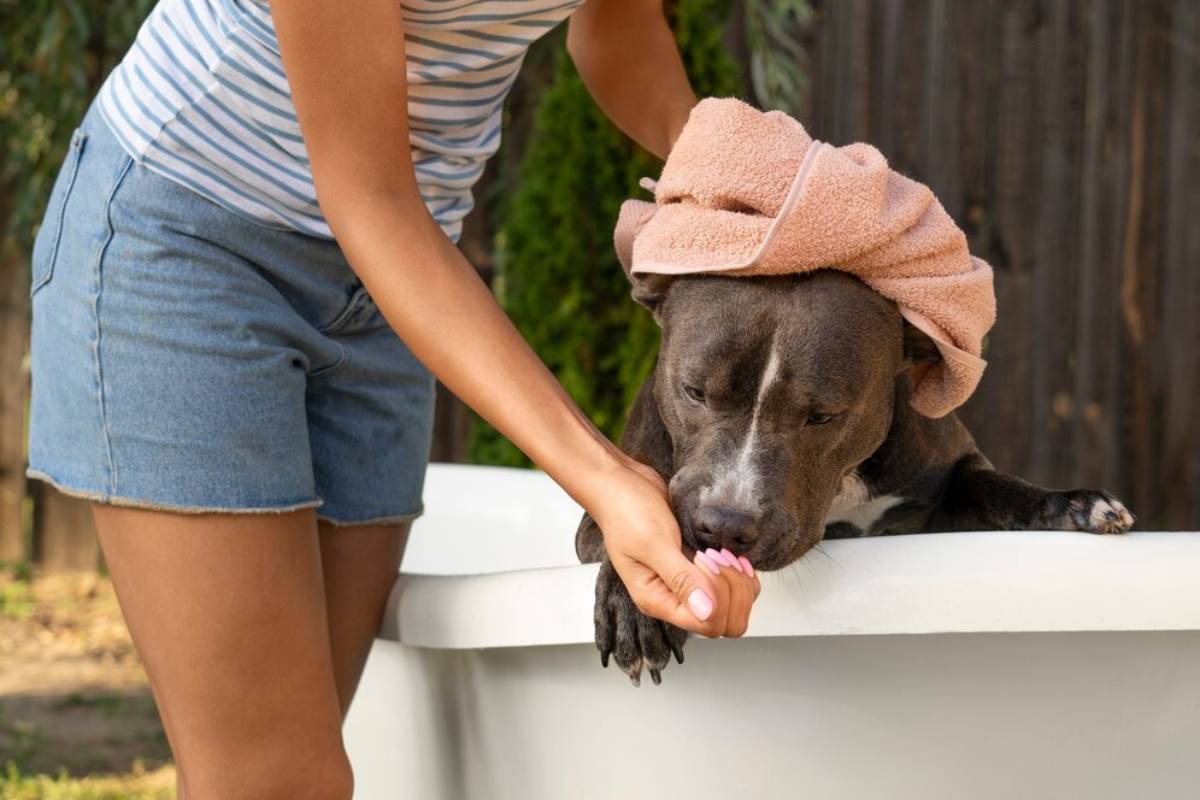
How to Trim Your Pet’s Nails Safely at Home
Trimming your pet’s nails at home can seem daunting—but with the right tools and techniques, it’s easier than you think.
Our team found that regular nail care is essential for your pet’s health and comfort. Long nails can cause pain, posture issues, and even injury. But many pet owners avoid trimming them due to fear of hurting their furry friend or dealing with a stressful grooming session.
The good news? With a calm approach and step-by-step method, nail trimming can become a routine part of your pet care—saving you time, stress, and unnecessary vet visits.
Whether you’re trimming dog nails, cat claws, or small animal nails, learning to do it safely at home builds confidence for both you and your pet.
Pro Tip: Practice handling your pet’s paws between grooming sessions—it builds trust and makes nail trimming much easier.
Quick Guide: How to Trim Your Pet’s Nails at Home
- Gather proper nail trimming tools (clippers, styptic powder, treats).
- Gently hold and examine each paw, checking nail length and quick visibility.
- Trim at a 45-degree angle—just a small amount at a time.
- Stop immediately if you see a dark dot (the quick).
- Reward your pet and trim a few nails at a time if needed.
Important: Never rush nail trimming. Go slowly, stay calm, and stop if your pet becomes too stressed. It’s okay to take breaks and finish over multiple sessions.
Why Nail Trimming Matters
Long nails aren’t just a cosmetic issue—they can lead to health problems. Overgrown nails can cause:
- Joint stress and gait changes
- Pain when walking or standing
- Snagging on carpets and injuries
- Risk of nail splitting or breaking
Regular trims help keep your pet comfortable, mobile, and pain-free. It also prevents vet emergencies caused by torn nails or infections.
Steps to Trim Your Pet’s Nails Like a Pro

1. Choose the Right Tools
Quality tools make all the difference. Depending on your pet’s size and nail type, choose:
- Guillotine-style clippers (for small to medium dogs or cats)
- Scissor-style clippers (for thicker nails or large dogs)
- Pet nail grinders (for smoothing edges and gradual trimming)
- Styptic powder or pencil (to stop bleeding if you cut the quick)
Always use pet-specific tools—not human nail clippers or scissors.
2. Set Up a Calm Environment
Pick a quiet, well-lit space free from distractions. Have your tools, a towel, treats, and a non-slip mat ready. Calm energy helps both you and your pet feel at ease.
For nervous pets, consider:
- Gentle background music
- A calming pheromone spray
- Another person to help with soothing and handling
3. Get Comfortable Handling the Paws
Before trimming, spend a few minutes gently touching your pet’s paws and nails. Massage the pads and hold the toes.
This desensitisation builds trust and makes future trims easier. Reward calm behaviour with praise or small treats.
4. Locate the Quick
The quick is the sensitive part of the nail that contains nerves and blood vessels. Cutting it causes pain and bleeding, so it’s crucial to avoid it.
For light-coloured nails, the quick appears pink inside the translucent nail. Trim just before the pink area.
For dark nails, go slowly. Trim tiny amounts until you see a darker circle in the centre of the nail tip—that’s a sign you’re nearing the quick.
5. Trim at a 45-Degree Angle
Hold the paw gently but firmly. Position the clipper at a 45-degree angle, trimming from top to bottom. Clip a small section at a time.
Tips for safety:
- Always cut from the underside of the nail upwards.
- Avoid squeezing the paw too hard.
- Don’t trim too close to the quick—leave a small buffer zone.
- Keep styptic powder nearby in case of minor bleeding.
If using a grinder, move in smooth, controlled motions and avoid staying in one spot too long (it can heat the nail).
6. Take Breaks and Reward Often
If your pet becomes anxious, take a break. You don’t have to trim all the nails in one sitting.
Reward your pet after every paw—or even every nail. Positive reinforcement helps them associate nail trims with good things.
If needed, start by trimming just one or two nails a day and build up over time.
Best Practices for DIY Pet Grooming
Here are some tips to make nail trimming a positive part of your grooming routine:
- Start young: Introduce nail handling early to build comfort.
- Use positive reinforcement: Treats, praise, and cuddles help reinforce calm behaviour.
- Keep sessions short and relaxed: End on a good note—even if you didn’t finish all the nails.
- Schedule regular trims: Most pets need a trim every 3–4 weeks.
- Watch for stress signals: Heavy panting, pulling away, or yelping means it’s time for a break.
Every pet is different—some may need more patience or shorter sessions to adjust.
Tools to Help With Nail Trimming at Home
These tools can improve safety, comfort, and ease of trimming:

- Dremel Pet Nail Grinder: Smooths nails gently and helps with thick or black nails.
- Styptic Powder (e.g. Kwik Stop): Stops bleeding if you nick the quick.
- LED nail clippers: Lighted clippers can help you see the quick clearly.
- Lick mats or peanut butter plates: Distract your pet while trimming.
- Anti-slip grooming mats: Provide stability and prevent slipping during trims.
Choose tools that suit your pet’s size, temperament, and nail type.
Warning: Avoid trimming your pet’s nails when they’re agitated, sleepy, or resisting. Forced trims can damage trust. Always prioritise your pet’s comfort and safety.

Frequently Asked Questions
1. How often should I trim my pet’s nails?
Most pets need nail trims every 3–4 weeks. If you hear clicking on the floor or see the nails curling, it’s time for a trim.
2. What should I do if I accidentally cut the quick?
Stay calm and apply styptic powder or cornstarch to stop bleeding. Reassure your pet and pause the session. It may take a few trims to rebuild their trust.
3. My pet hates having their paws touched—what can I do?
Desensitise slowly by handling paws daily and rewarding calm behaviour. Use a clicker or treats to reinforce positive associations. If resistance continues, consider a professional groomer.
4. Can I use a nail grinder instead of clippers?
Yes—grinders are great for smoothing edges and are especially helpful for large dogs or pets with thick nails. Go slow and avoid heating the nail by grinding in short bursts.
5. Is it safe to trim cat claws or small animal nails at home?
Yes—with the right tools and gentle handling, you can trim nails on cats, rabbits, and other small pets. Use cat-specific clippers and follow the same slow, careful method.
Confident Grooming Starts with Careful Steps
Trimming your pet’s nails at home is a skill worth mastering. It supports your pet’s comfort, health, and mobility—and strengthens the bond you share.
With the right tools, calm energy, and a little patience, you can turn nail trimming from a dreaded chore into a stress-free routine.
Start slowly, reward progress, and never push beyond your pet’s comfort level. Over time, both you and your furry friend will feel more confident—and those clicks on the floor will become a thing of the past.


